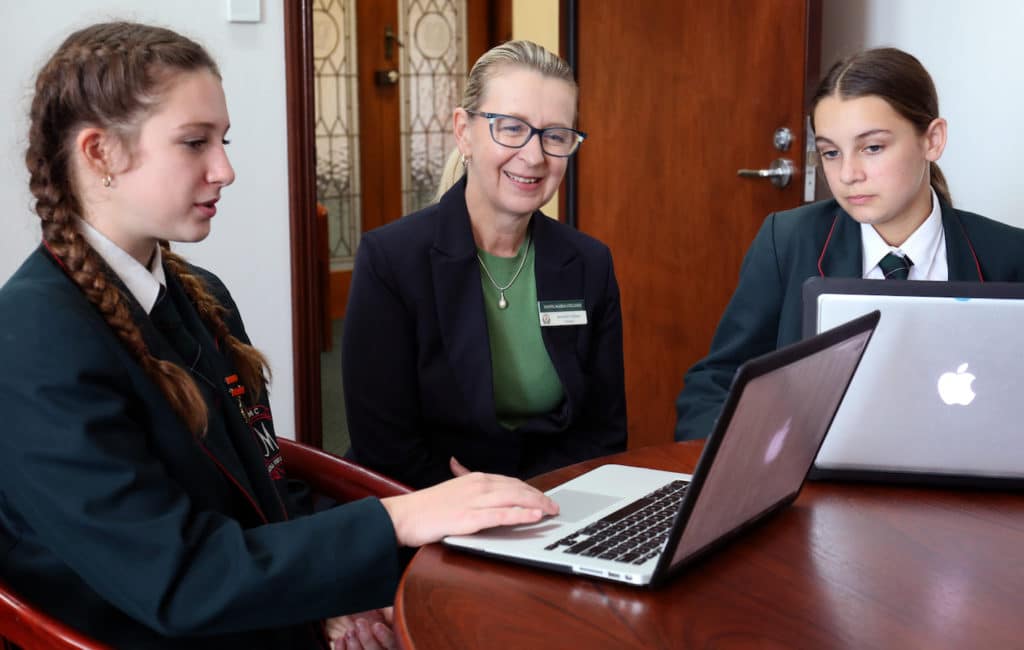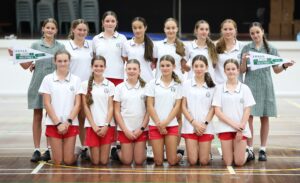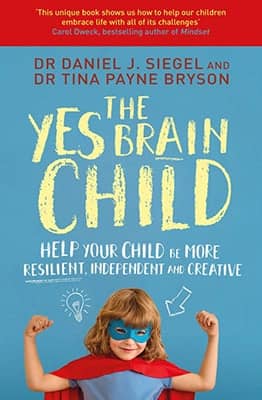Our Year 8s Are Social Innovators

“We empower our students to take action on issues which impact people and the planet”
Santa Maria College Strategic Plan 2021 – 2025
Explore8 is based on a people-centred design process. Students are required to identify a demographic in our society and then interview a member of that group to help identify a problem they face. Once the problem has been identified and understood, students are asked to innovate to help solve that problem.
It may sound simple, but it certainly isn’t. For some students it is the first extended independent learning project they have experienced. It is also a new experience in that they must consider the problems of others and how they might be able to help. In Year 8, that doesn’t come altogether naturally!
At Santa Maria, empowering students to act for others and the planet is fundamental to the education we provide. We recognise that the inclination to create change may come naturally, but the process by which real, sustainable change happens does not. The College recognises this process as ‘deep learning’. It is challenging but the lessons it teaches last a lifetime.
Three of our students have most generously shared their projects with us below.
Amelia Taranto: The Space Arm
Bianca Stanes: Siblings of Children with Austism
Helen Smith: The OWL Theory
What is the human-centred design thinking process the girls went through?
This is the process Year 8 students worked through in Explore8:
- Empathise: They conducted an interview and learnt about what life is like for someone other than themself. This involved empathy.
- Define the problem: Students examined their findings from the interview. They used what they learnt in the interview to define the problem they were going to try to solve. They conducted some more research about this problem to help develop their own opinions of it.
- Ideate: Explore8 started with students ideating their problem to come up with lots of solutions to the problem. They chose one of these solutions to base their own project on. They worked on their solution to this problem. They had lots of support from their mentor, their class teachers, Homeroom teachers, and their peers. Students discussed and bounced ideas off these different groups of people to help clarify their own thinking.
- Prototype: Next – The girls worked out a solution to the problem by developing a prototype – showing what it would look like, how it would work, why it was better than other solutions that might already be out there, and how it solved their problem.
- Test: Students checked back to make sure their innovation was something that their audience would use. Make changes as needed.

Santa Maria Teams Shine in Term 1 Sports
Santa Maria had a huge number of girls in the IGSSA AFL and Volleyball competition with strong results for a number of teams.

Lee-Elle’s Insights from the ‘Make it 16’ Forum
Lee-Elle Cooper is a passionate Year 12 student who advocates for youth engagement and political participation. She has recently returned from the Make It 16 Forum in Canberra.

With Laurissa Knowles From Valley Depths to Mountain Peaks (1993)
Laurissa Knowles (1993) has had an incredible career journey so far, from Santa Maria College Teacher to Celebrant and Councillor.
- SocialInnovation
Author: Santa Maria College
Santa Maria College is a vibrant girls school with a growing local presence and reputation. Our Mission is to educate young Mercy women who act with courage and compassion to enrich our world. Santa Maria College is located in Attadale in Western Australia, 16 km from the Perth CBD. We offer a Catholic education for girls in Years 5 – 12 and have 1300 students, including 152 boarders.







